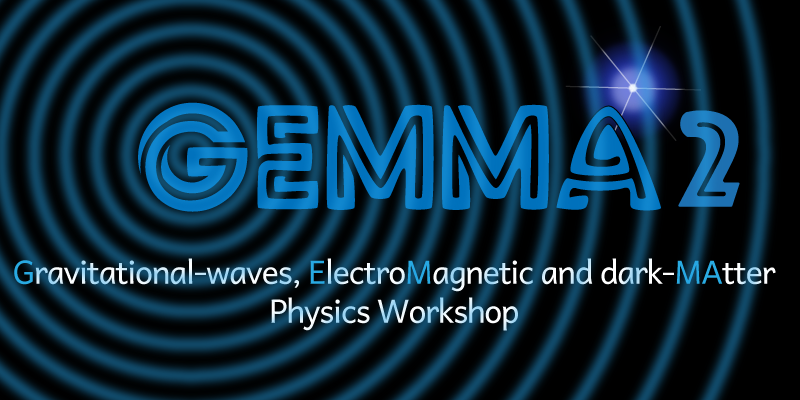Speaker
Description
The Laser Interferometer Space Antenna (LISA) will be a space-borne gravitational wave (GW) detector to be launched in the next decade. Central to LISA data analysis is time-delay interferometry (TDI), a numerical procedure which drastically reduces otherwise overwhelming laser frequency noise. LISA data analysis is usually performed on sets of TDI variables, e.g. Michelson variables (X, Y, Z) or quasiorthogonal variables (A, E, T ). We investigate a less standard TDI variable denoted κ which depends on time, or frequency, and two parameters (β, λ). This so-called coronagraphic TDI variable has the singular property of canceling GW signal when (β, λ) tend to the sky position of the GW source. Thanks to this property, coronagraphic TDI has the potential to be an efficient model-agnostic method for sky localization of GW sources with LISA. Those characteristics make it relevant for low-latency searches and a possible glitch veto. Although briefly discussed in the literature, coronagraphic TDI has only been tested on theoretical grounds. We validate the applicability of κ to sky localization of typical LISA sources, namely Galactic binaries (GBs) and massive black hole binaries (MBHBs), when considering a simplified LISA instrument. The goal is to pave the way for applications of coronagraphic TDI to practical LISA data analysis problems. In fact, within the context of low-latency searches coronagraphic TDI can, in principle, be used to send alerts to other observatories thus enhancing the chance of detection of electromagnetic counterparts.

